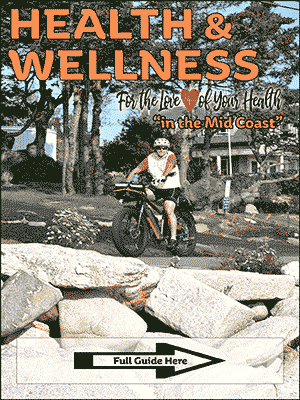Businesses should take precautions for winter safety
As Mainers look forward to the fun that comes with winter’s arrival, the Department of Labor advises employers to take precautions against the hazards that snow presents to those walking and working outdoors.
“Although slipping and falling on snow and ice may seem an inevitable nuisance in the winter, the costs are real,” said Governor Paul R. LePage. “Hundreds of Maine workers are seriously hurt enough to miss work. Each year, slips and falls on ice and snow lead to more than 25,000 days of lost time for almost 700 workers, racking up more than $1.5 million in medical costs.”
The total combined costs to Maine workers, employers and insurance providers exceeds $2.3 million annually for falls related to ice and snow. Therefore, the Department of Labor offers the following tips to help keep workers safe and to reduce the lost time and costs associated with fall-related injuries.
For workers who must walk over snow and ice covered roads, parking lots, driveways and walkways:
Plan ahead; give yourself time to get to your destination without hurrying and take smaller, slower steps when walking on snow and ice.
Wear proper footwear with non-slip treads.
Keep your hands free for balance, not in your pockets, and keep your eyes on where you are walking.
Use the handrails on steps and inclines and plant your feet firmly as you go.
Don’t carry heavy loads across ice or snow covered areas.
Don’t jump from vehicles onto snow or ice.
Watch for “black ice” on hard surfaces; test for it with the toes of your shoes and use cleared and sanded walkways as much as possible.
Try to not use your hands or arms to break the full weight of your fall.
Remember that controlled falling is sometimes safer because muscles and tendons can be seriously injured by catching oneself after slipping.
Stomp the snow and ice off your feet as you enter a building. Don’t bring it in with you for others to slip on.
For employers:
Plan and prepare well ahead of time for ice and snow conditions.
Have a snow removal plan; in addition to clearing roadways and parking lots, make sure someone is assigned to keep walkways, steps, ramps and entrances clean and sanded after each snowfall and before each winter workday.
Have salt, sand or other inert materials on hand for workers to place on slippery surfaces. Let employees know they can use those materials on the way to or from their vehicles or outdoor worksites. Consider providing small individual containers for employees to carry with them.
Identify and mark with visible poles or other markers any hazardous terrain or slippery spots that could be covered by snow.
Place non-slip floor mats inside entryways and extend them as much as possible to adjacent rooms or hallways to reduce the tracking of snow, ice and water onto slippery surfaces.
Have plenty of “Wet Floor” signs on hand in case ice and water do puddle on the floor.
The Department of Labor’s Workplace Safety and Health Division advises employers about best practices for workplace safety and offers free onsite consultations. More information about their services and free safety training courses are available at www.safetyworksmaine.com. The department’s Research and Statistics Unit manages and analyzes data on workplace fatalities, injuries and illnesses and issues summary reports that help employers identify areas for improvements in safety and health protection. Their reports and data visualizations using Tableau are located on the department’s website at www.maine.gov/labor/labor_stats/research.html
Event Date
Address
United States





















